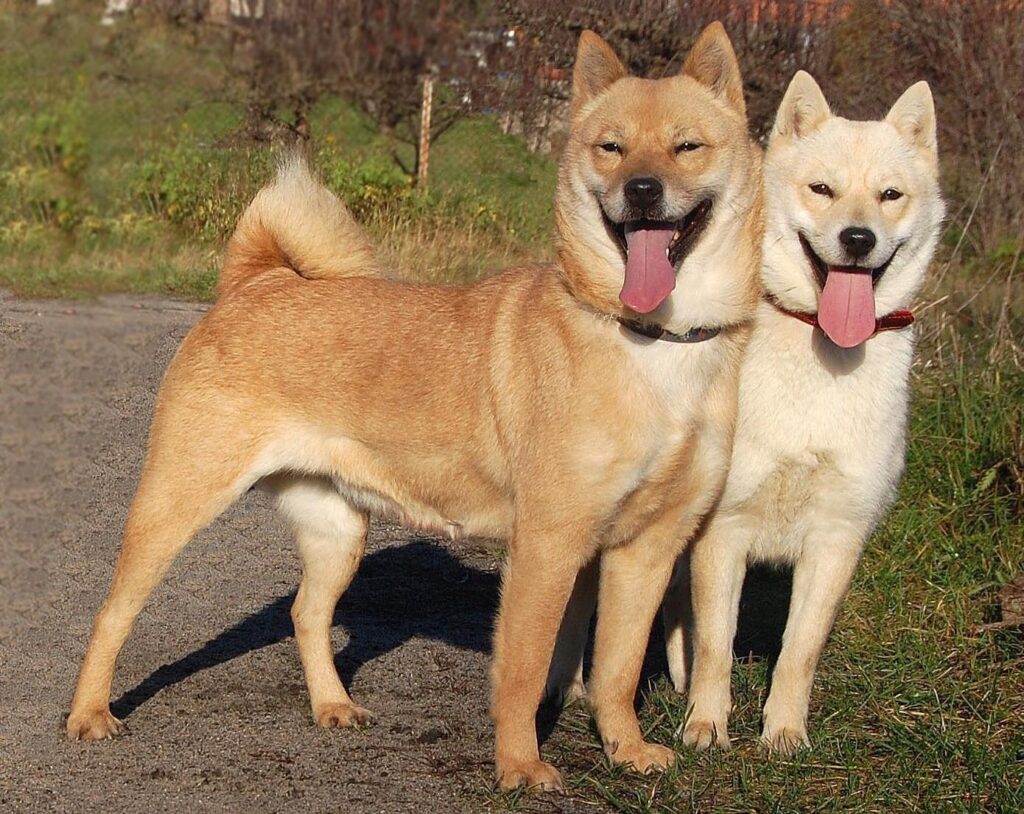The Hokkaido is perhaps the oldest of the six native Japanese spitz breeds with roots dating back nearly 8,000 years ago. Their first recorded history began from 300 AD to 710 AD when the indigenous Ainu people were pushed out of the main island of Japan by the Yamato people, and up into the northernmost island of Japan, known as “Hokkaido.” There, the dogs interbred with some of the native Matagi Ken and Jōmon dogs who populated the island.
Over time, the Ainu people and their dogs adapted to survive the severely cold winter climate and rugged Hokkaido landscape. Their dogs developed thick weatherproof coats, large paws, small ears, powerful chests, strong jaws, and robust features. They were revered by the Ainu people for their devout loyalty, bravery, and large game hunting ability. Their dogs were also used to pull sleds and search for army survivors who were caught in deadly snow storms crossing the Hakkoda Mountain range.
When British biologists came to visit Hokkaido in 1869 to study population genetics among the native species on the island, zoologist Thomas Blakiston referred to the native dogs as “Ainu Ken” after the tribes who developed them. “Ainu” meaning “people,” and “Ken” meaning “dog.” This name was used until 1937 then formally changed to “Hokkaido Inu.”
In 1949, there was a population crisis and the Hokkaido breed risked extinction. This led to the establishment of the Hokkaido Ken Hozonkai (DOKENHO) in February, 1954 to protect and preserve the Hokkaido breed for future generations. Hokkaido clubs around the world are working to help bring back this endangered breed and protect & preserve it for future generations.
Hokkaido Ass Nth America
